Samsung ‘clamshell’ concept: does it signal the return of the flip phone?
South Korean tech giant still betting on foldable screens despite teething problems
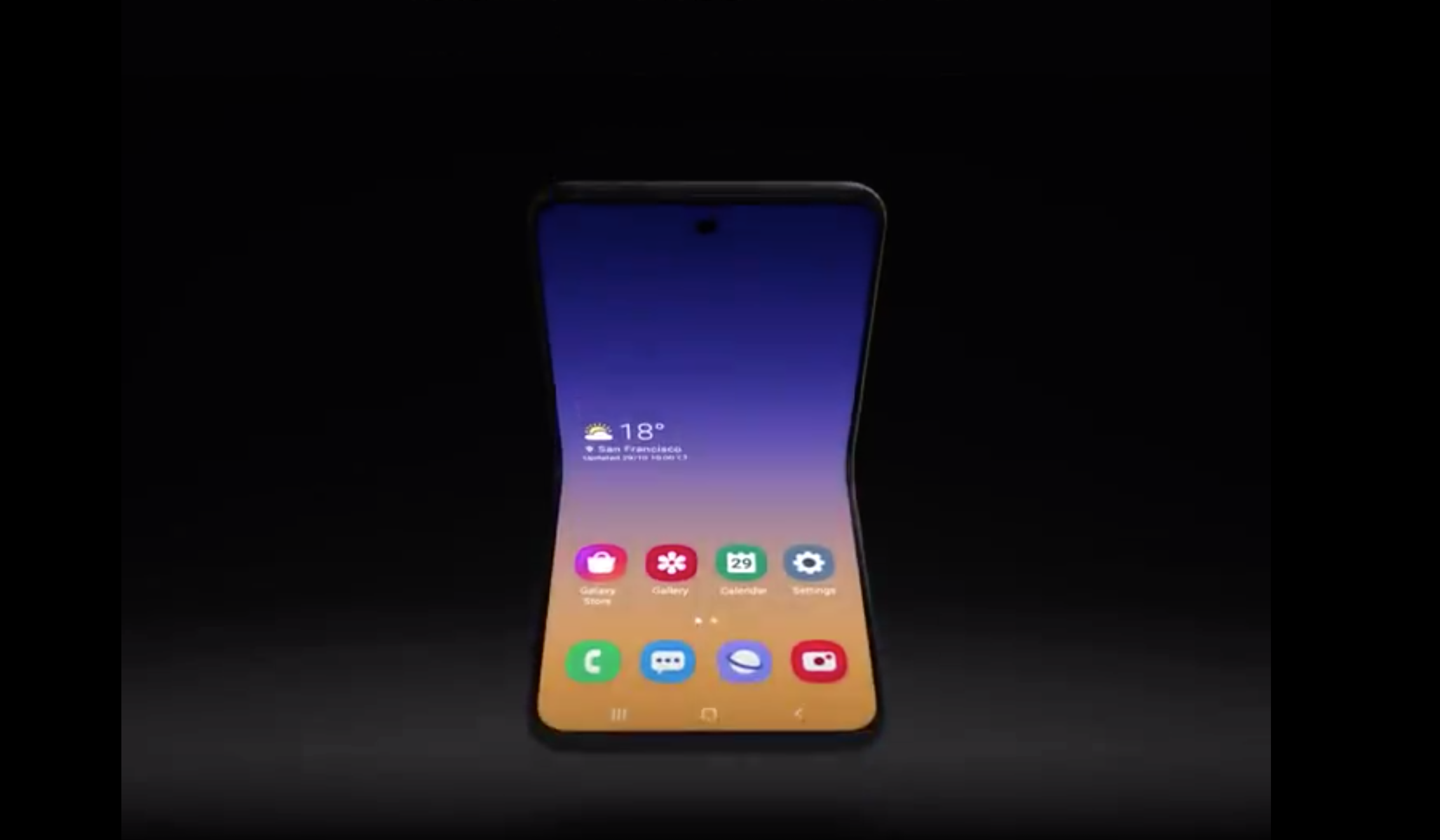
Samsung has revealed a new foldable smartphone concept with a radical “clamshell” mechanism in its drive to become the market leader for bendable devices.
Revealed at the Samsung Developer Conference (SDC) in San Jose, California, the concept takes the form of a foldable handset with a hinge that runs across the width of the display, as opposed to the vertical crease on the company’s current Galaxy Fold handset.
As reported by The Verge, the “clamshell/flip” phone aims to take Samsung’s foldable screen technology knowhow and instil it into a more compact package, while branching out into “new device form factors”.
The Week
Escape your echo chamber. Get the facts behind the news, plus analysis from multiple perspectives.

Sign up for The Week's Free Newsletters
From our morning news briefing to a weekly Good News Newsletter, get the best of The Week delivered directly to your inbox.
From our morning news briefing to a weekly Good News Newsletter, get the best of The Week delivered directly to your inbox.
“This brand-new form factor that we’re now exploring will not only easily fit in your pocket, but it also changes the way you use your phone,” said Samsung research chief Hyesoon Jeong.
The announcement cements Samsung’s commitment to foldable smartphones, despite the major screen faults that delayed the launch of the Galaxy Fold, the company’s - and the market’s - first bendable device.
What will it look like?
Judging by the teaser trailer shown during SDC, the flip concept boasts “a very different design than the Galaxy Fold”, says Gizmodo. The concept opens “lengthwise”, akin to an “old-school flip phone”, while its rivals all feature hinges that run from the top to the bottom of the display.
A free daily email with the biggest news stories of the day – and the best features from TheWeek.com
The device appears to be “significantly smaller” than the Galaxy Fold, too, the tech site adds. This emphasises Samsung’s move away from “trying to fit the biggest possible screen in a handheld” device and instead opting for a more portable package.
While the Galaxy Fold resembles a small tablet when unfurled, Forbes says the flip concept simply takes the form of a regular smartphone when the screen is open. It then halves in size when the screen is shut, which makes it “far more pocketable than a regular device”.
As the screen is “inside” the device when it’s flipped shut, it should make the new device “a lot more durable when dropped”, the news site says.
Will it signal the return of the flip phone?
Perhaps. Flip phones were among the most popular devices on the market in the early-to-mid 2000s, before the dawn of the smartphone, arguably brought on by the launch of the iPhone in 2007, effectively made button-laden devices obsolete.
That said, flip phones are still popular in markets outside of Western territories.
Engadget notes that Samsung has been building foldable handsets with physical buttons, such as the W2018, for the Chinese market “for years”. Therefore, a flip phone with a bendable touchscreen panel “would just be a logical extension of that work”.
US mobile firm Motorola has also hinted that it may revive its Razr phone, one of the more recognisable flip handsets of the mid 2000s, which could go head-to-head with Samsung’s foldable device.
But the tech site says there’s “no guarantee” that Samsung’s flip phone will be released worldwide, arguing that “there are only so many people who want to slap their phone shut when they finish a call”.
So when does it come out?
Samsung has yet to reveal an official release date for its new foldable phone, let alone pricing or specs.
But the Galaxy Fold was unveiled at last year’s SDC, before officially releasing a year later. So there’s a chance the concept could make its way into a fully-fledged product in the next 12 months.
-
 Paramount fights Netflix for Warner as Trump hovers
Paramount fights Netflix for Warner as Trump hoversSpeed Read Paramount Skydance is seeking to undo Netflix’s purchase of Warner Bros. Discovery
-
 How will the Warner Bros. bidding war affect the entertainment industry?
How will the Warner Bros. bidding war affect the entertainment industry?Today’s Big Question Both Netflix and Paramount are trying to purchase the company
-
 Political cartoons for December 9
Political cartoons for December 9Cartoons Tuesday's political cartoons include black market vaccines, FIFA prizes, and drone deliveries
-
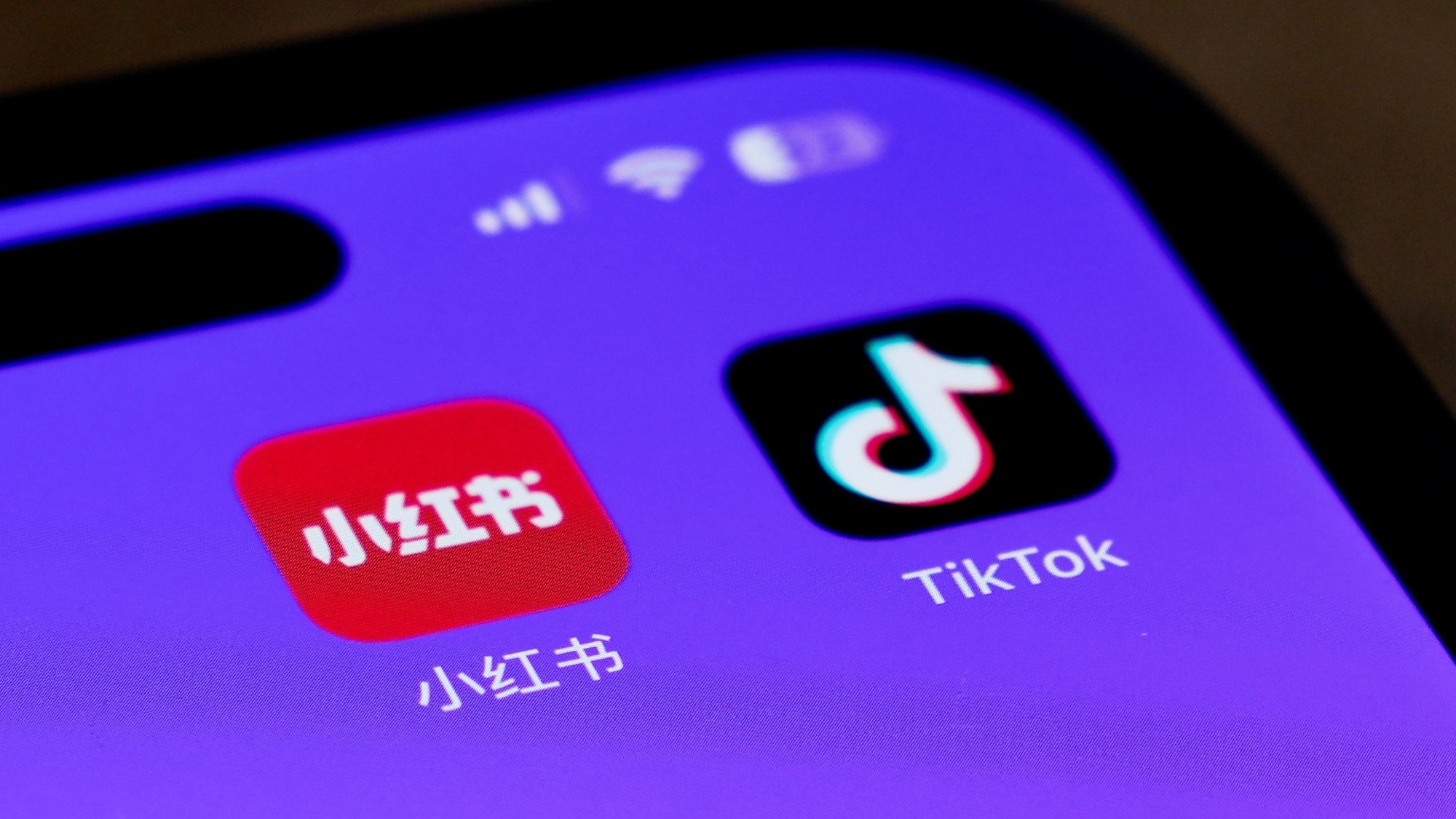 TikTok alternatives surge in popularity as app ban looms
TikTok alternatives surge in popularity as app ban loomsThe Explainer TikTok might be prohibited from app stores in the United States
-
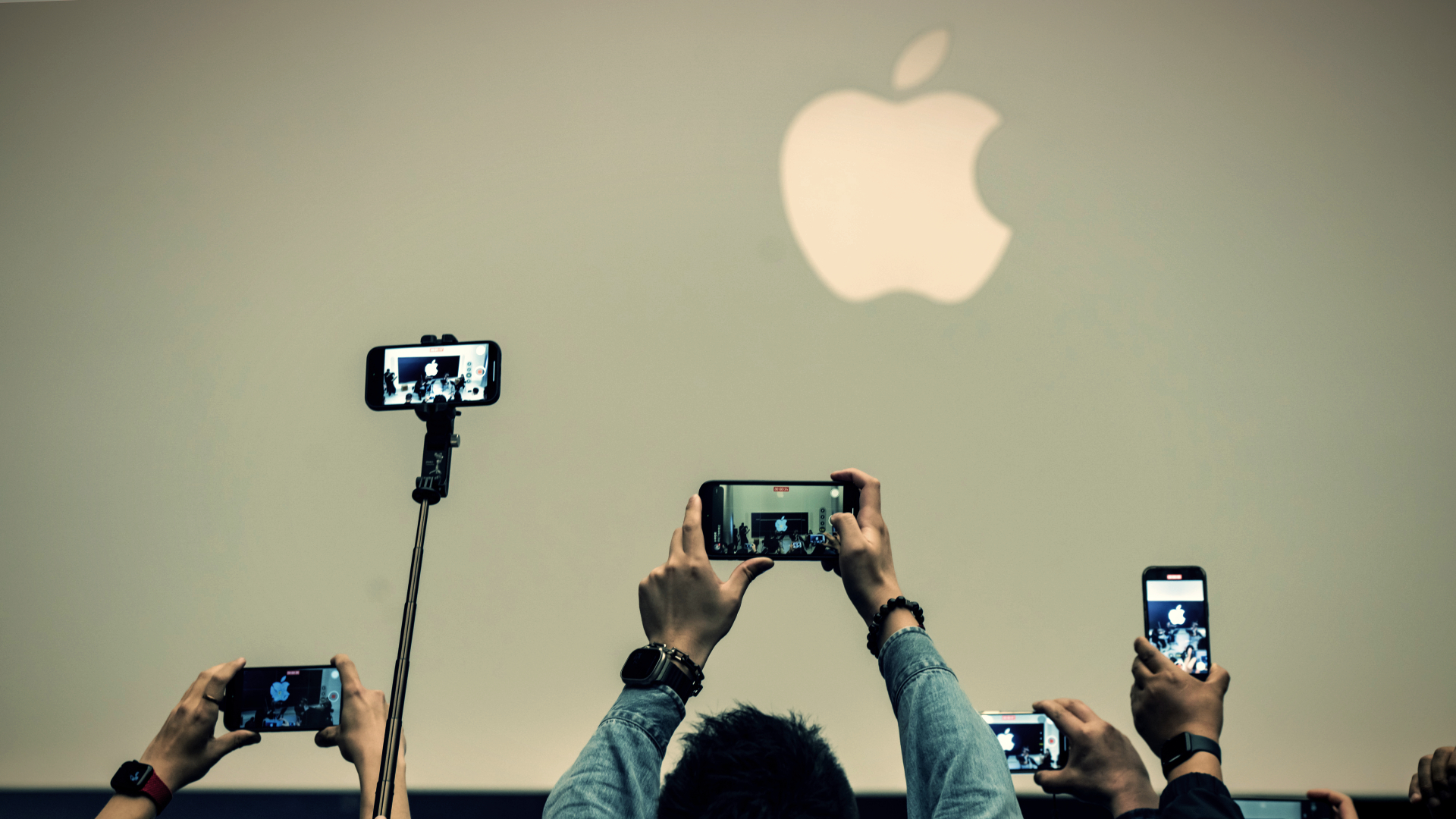 Justice Department bites Apple with iPhone suit
Justice Department bites Apple with iPhone suitSpeed Read The lawsuit alleges that the tech company monopolized the smartphone industry
-
 Phubbing: a marriage-wrecking habit?
Phubbing: a marriage-wrecking habit?Talking Point New study says couples are avoiding talking to each other by looking at their phones - but was it ever thus?
-
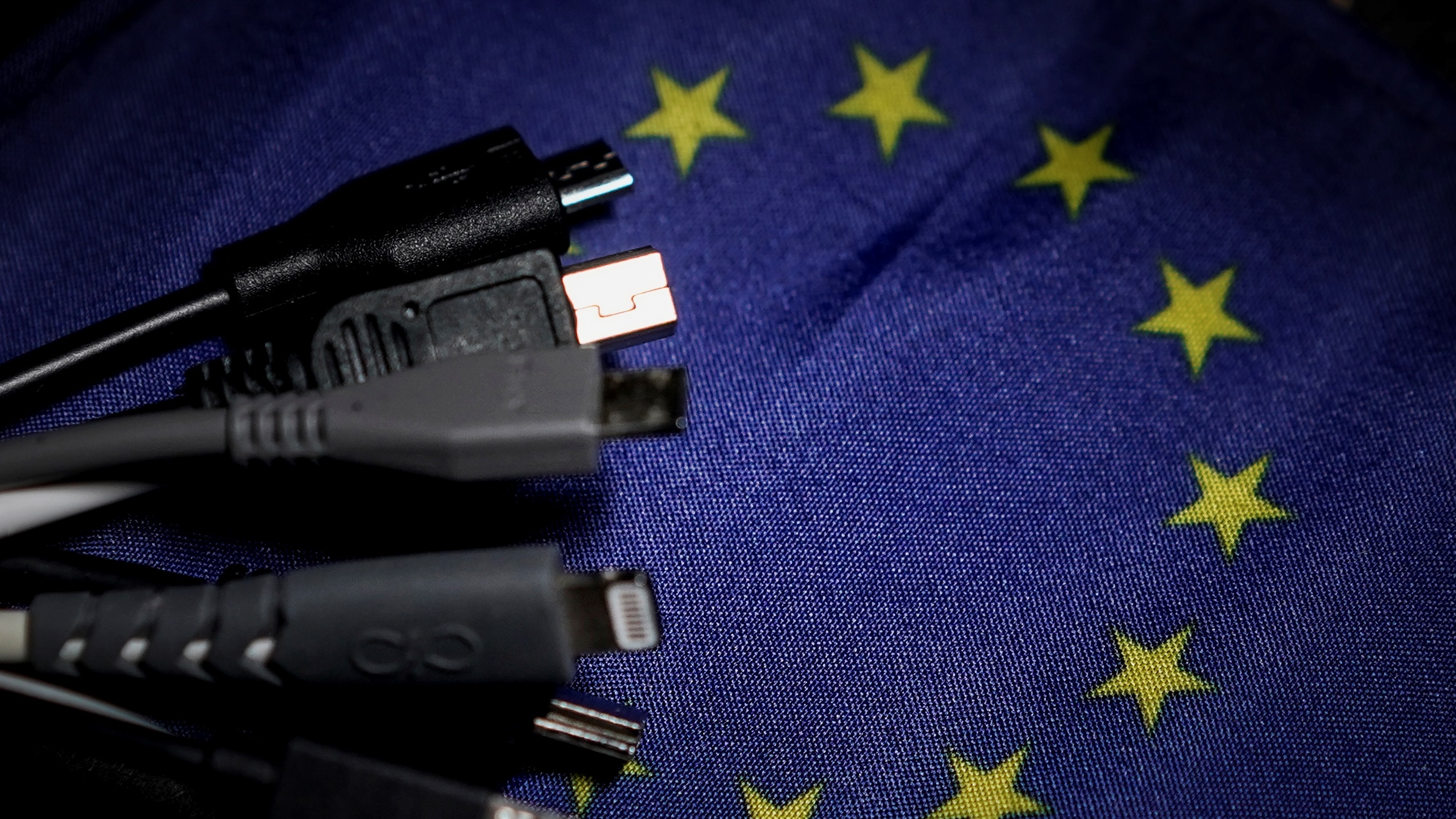 The arguments for and against universal chargers
The arguments for and against universal chargersPros and Cons European Commission pushing to establish USB-C as standard for all phones
-
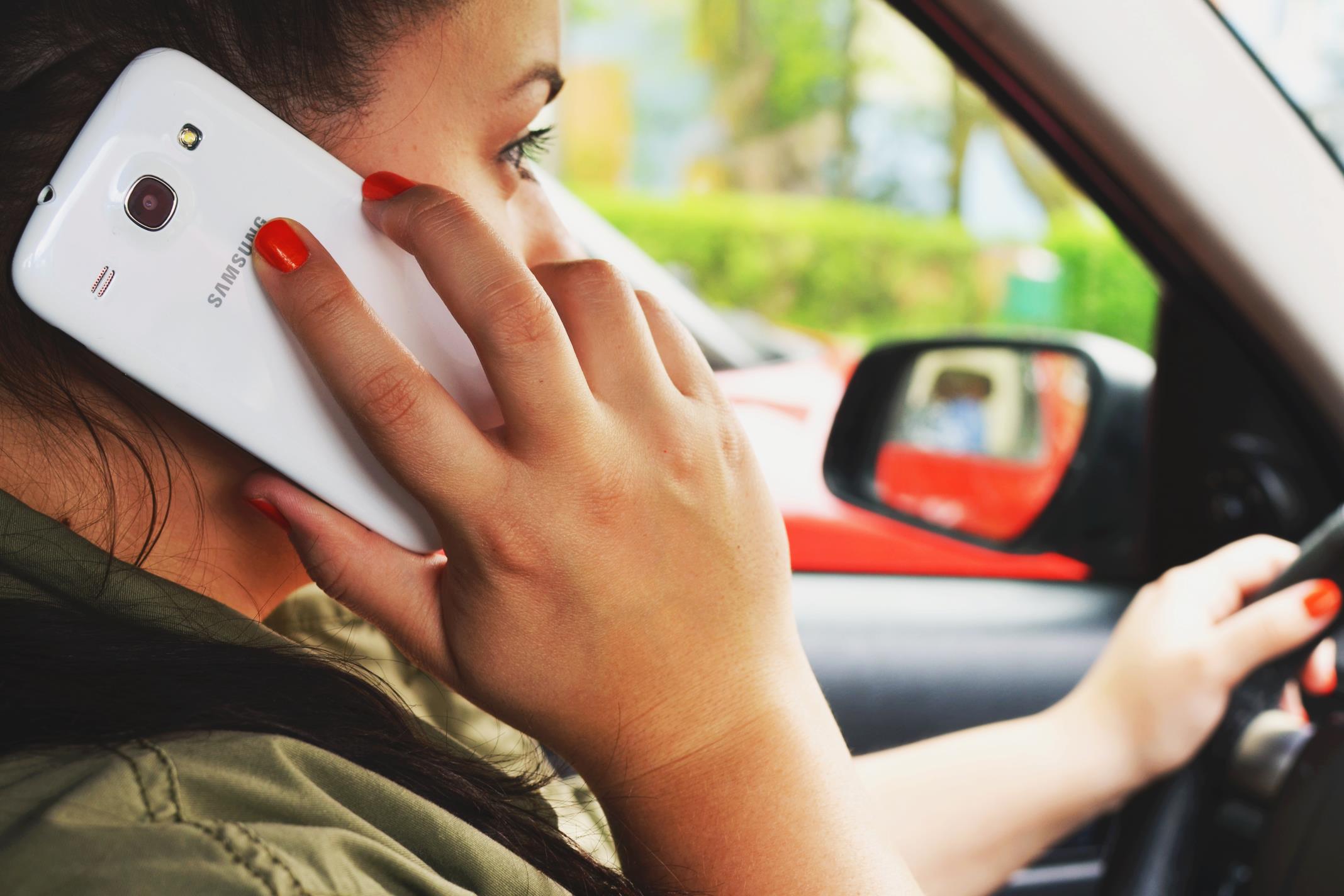 Do smartphones make headaches worse?
Do smartphones make headaches worse?Speed Read New study finds that users who get regular migraines take more painkillers but experience less relief
-
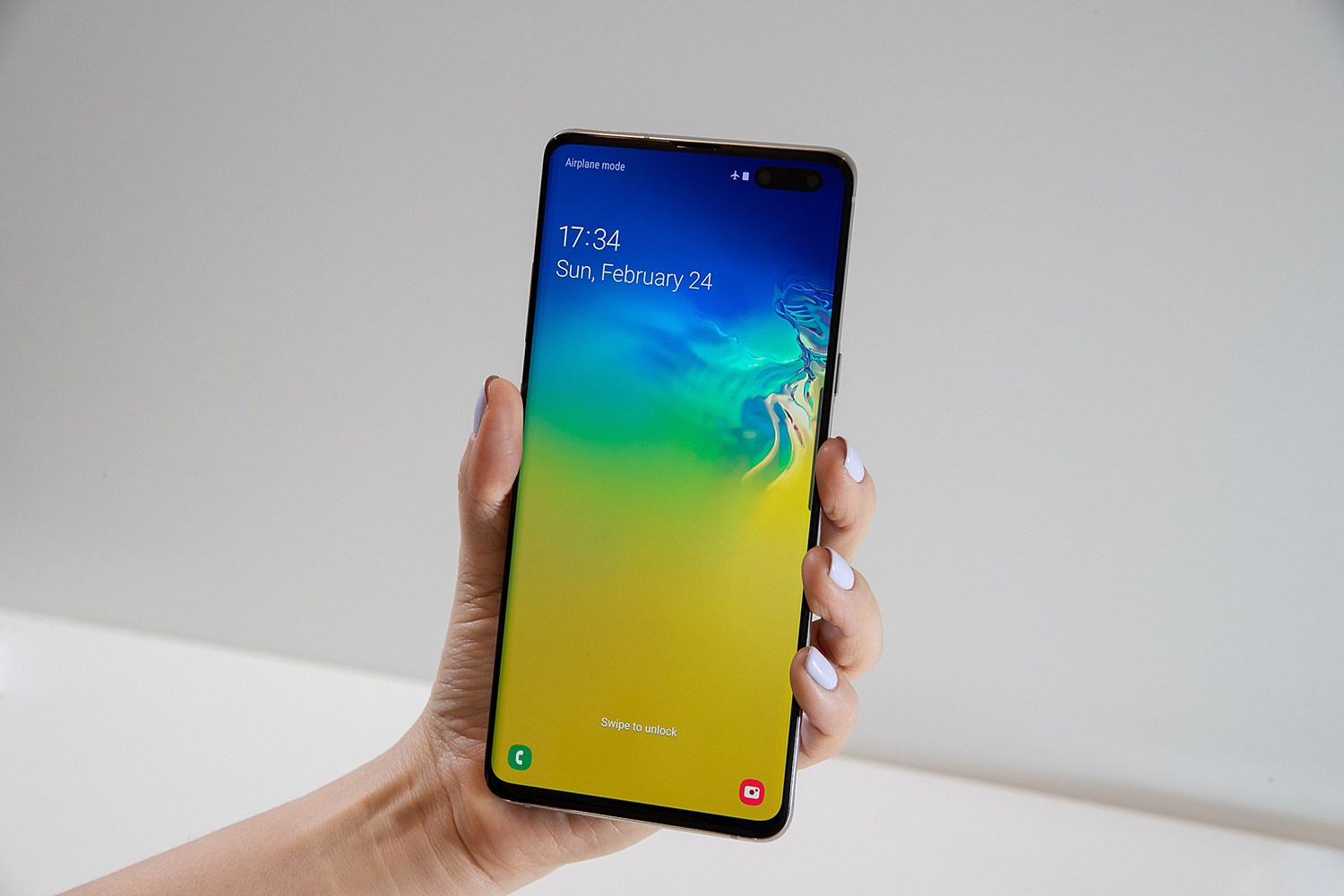 Samsung Galaxy S11 news: design, five-lens camera and more
Samsung Galaxy S11 news: design, five-lens camera and moreIn Depth The iPhone 11 rival is being touted as the Korean firm’s ‘nuclear weapon’ for 2020
-
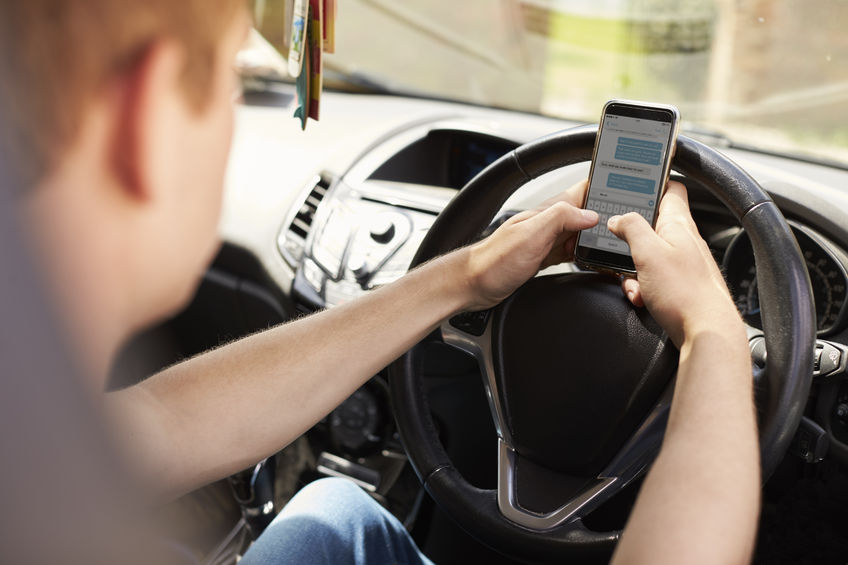 Mobile phone driving laws: loophole allowing filming to be closed
Mobile phone driving laws: loophole allowing filming to be closedIn Depth New rules will ban drivers from ‘picking up their mobiles for any reason’
-
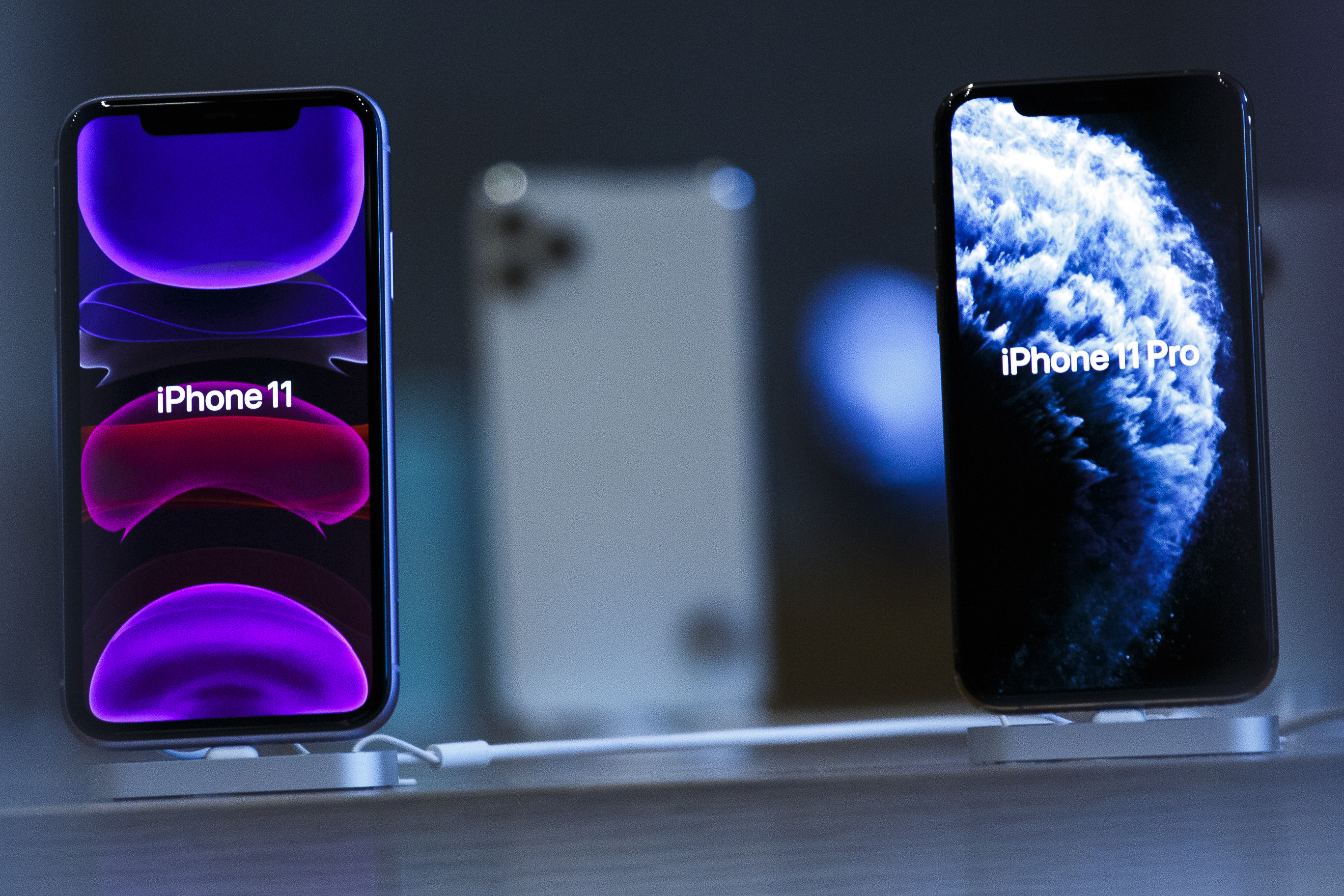 iPhone sales: why Apple isn’t fazed by smartphone decline
iPhone sales: why Apple isn’t fazed by smartphone declineIn Depth Tech giant posts record revenues ahead of tomorrow’s launch of Apple TV+